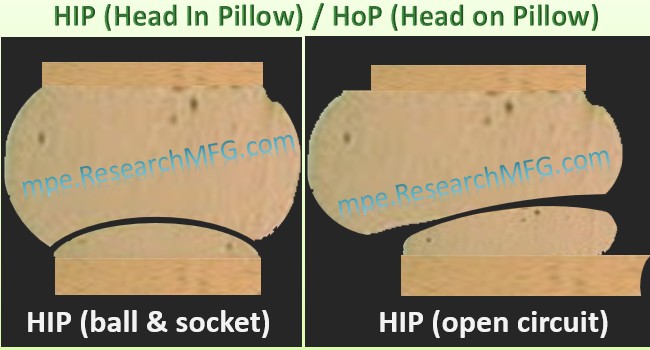 Workingbear initially thought that wave soldering machines should have been relegated to museums by now! However, despite the decades-long development of Surface Mount Technology (SMT), many PCBs still undergo wave soldering processes. But nowadays, most wave soldering processes employ Selective Mask Wave Soldering, rather than the old method of immersing entire boards into solder baths.
Workingbear initially thought that wave soldering machines should have been relegated to museums by now! However, despite the decades-long development of Surface Mount Technology (SMT), many PCBs still undergo wave soldering processes. But nowadays, most wave soldering processes employ Selective Mask Wave Soldering, rather than the old method of immersing entire boards into solder baths.
In Selective Mask Wave Soldering, the original wave soldering machine is still used, but the PCB is placed in a wave soldering carrier. Only the pins or solder joints of components requiring wave soldering (typically through-hole components) are exposed to the solder, while other components are shielded with a mask of carrier. It’s a bit like wearing a lifebuoy in a swimming pool – the parts covered by the lifebuoy won’t get wet. Similarly, in the wave soldering process, the areas covered by the carrier won’t get soldered, eliminating the risk of re-melting solder or components falling off.
read more…》




 Workingbear initially thought that wave soldering machines should have been relegated to museums by now! However, despite the decades-long development of Surface Mount Technology (SMT), many PCBs still undergo wave soldering processes. But nowadays, most wave soldering processes employ Selective Mask Wave Soldering, rather than the old method of immersing entire boards into solder baths.
Workingbear initially thought that wave soldering machines should have been relegated to museums by now! However, despite the decades-long development of Surface Mount Technology (SMT), many PCBs still undergo wave soldering processes. But nowadays, most wave soldering processes employ Selective Mask Wave Soldering, rather than the old method of immersing entire boards into solder baths.